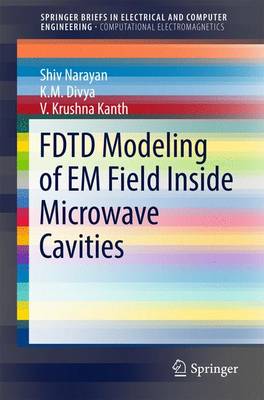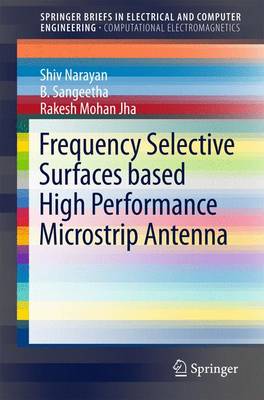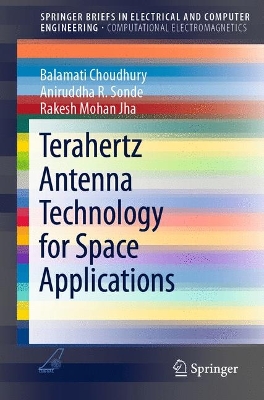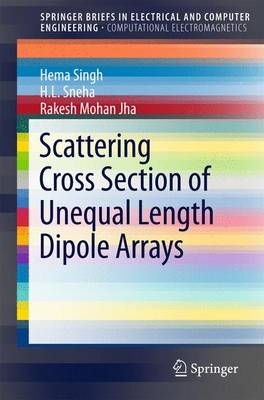SpringerBriefs in Computational Electromagnetics
4 total works
FDTD Modeling of EM Field inside Microwave Cavities
by Shiv Narayan, K. M. Divya, and V. Krushna Kanth
This book deals with the EM analysis of closed microwave cavities based on a three-dimensional FDTD method. The EM analysis is carried out for (i) rectangular microwave ovens and (ii) hybrid-cylindrical microwave autoclaves at 2.45 GHz. The field distribution is first estimated inside domestic rectangular ovens in xy-, yz-, and zx-plane. Further, the RF leakage from the oven door is determined to study the effect of leakage radiation on wireless communication at 2.45 GHz. Furthermore, the EM analysis of the autoclave is carried out based on 3D FDTD using staircase approximation. In order to show the capability of autoclaves (excited with five source) for curing the aerospace components and materials, the field distribution inside autoclave cavity is studied in presence of aerospace samples. The FDTD based modelling of oven and autoclave are explained with the appropriate expressions and illustrations.
Frequency Selective Surfaces based High Performance Microstrip Antenna
by Shiv Narayan, B. Sangeetha, and Rakesh Mohan Jha
Terahertz Antenna Technology for Space Applications
by Balamati Choudhury, Aniruddha R. Sonde, and Rakesh Mohan Jha



